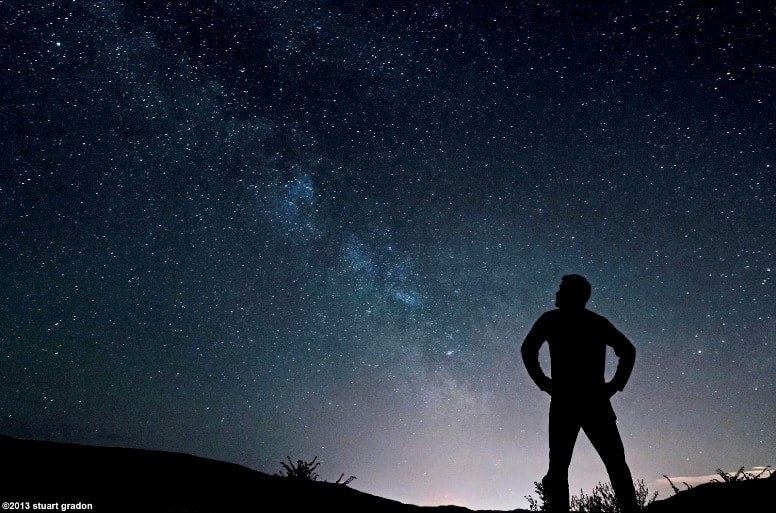
Humans have stared up at the night sky for centuries, whether attempting to discover its secrets or simply to wonder at the spectacle. These days, stargazing is more popular than ever before, thanks in part to the improved tools that make it easier to experience the stars in all their glory.
Are you considering doing some stargazing yourself? Then here are a few tools and tips that you can use to start enjoying the wonders of the universe from your backyard.
Start with Nothing
The best way to start stargazing is to simply find somewhere dark away from the city lights, and to stare upwards.
While you will certainly want to make use of specialist equipment to get more from the experience, the best thing to do right at the start is look up and familiarize yourself with the constellations. This will usually involves some guidance in the form of a book or even just a simple guide.
Once you have done this for a few nights, you should then start to take it further by using more specialist equipment.
Telescopes
The one tool that is associated with stargazing more than any other is the telescope. For such incredible instruments, telescopes are excellent value, and you can pick up a good one without breaking the bank.
Read a few reviews on the best telescopes for stargazing, of which there are many. But even if you are just starting out, make sure you invest in a higher-quality telescope rather than buying the cheapest one you can.
You will only be truly able to appreciate the wonders of the universe with a high-quality telescope, and it will make the experience so much more enjoyable. Find one that has good hardware and optics so you can get more from the experience. Then read up on some tips for how to get the most from your telescope, and prepare to be amazed.
Binoculars
Binoculars may be associated more with bird watching than stargazing, but they can be an excellent addition to your kit. While they are not as powerful as telescopes, they are smaller, making them more convenient, especially if you are travelling.
Again, binoculars do not have to cost a fortune, and they can provide you with a far better view of the night sky than using your eyes alone. There are many models to choose from, but just make sure you choose binoculars that are specifically for astronomy. Also look for features like a sharp focus and portability.
Taking Photos
If you want to not only admire the heavens but also capture stunning images, you will need a good camera. This is where your budget may have to go up a bit, because cameras and high-quality camera accessories can be quite costly.
However, the investment will be worth it when you start to produce spectacular images of the solar system, and a good camera will last you many years.
There are many perfectly good cameras you could choose from, but just make sure your chosen camera has a full-frame sensor to capture more light, as well as a wide-angle lens, again to capture more light.
Also make sure you invest in a sturdy tripod, which is essential for any type of night photography. A timer will also be useful if you want to take photos with exposures of over 30 seconds.
When you come to taking the photos, make sure you focus it at infinity to get a sharper picture. Put your camera onto manual mode and use the RAW image format. For white balance, somewhere between 4000K and 5000K is often required, and then use the widest aperture value, with about f/2.8 being ideal. There are lots of good tips for photographing the stars, so read a guide to get started properly.
When timing your shots, try to keep your exposure to below 500 seconds. Anything over this and you will start to see the trails left by the stars as they move through the sky.
Other Things to Keep in Mind
The above will get you off to a very good start with your stargazing, and you’ll soon have some stunning photos to be proud of. But if you really want to get the most out of your new hobby, here are a few extra things to consider investing in:
- A red-light flashlight to ensure your eyes remain adapted to the dark
- A dust cloak for your telescope
- A comfortable and light reclining chair for viewing the sky properly
- Warm clothes, especially socks and gloves
- A thermos flask with a hot drink inside
With all of these in your kit, you’ll be able to enjoy your stargazing with even greater comfort, making your new hobby more enjoyable.
John Stowe is an amateur photographer based in Leeds UK. He got the digital photography bug back in the early 2000’s and has since had many different models of cameras. He loves to share his ideas and thoughts online for others to read.
 Gearfuse Technology, Science, Culture & More
Gearfuse Technology, Science, Culture & More


